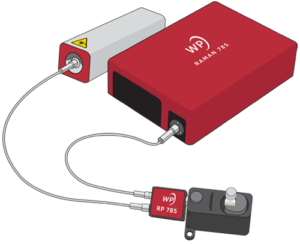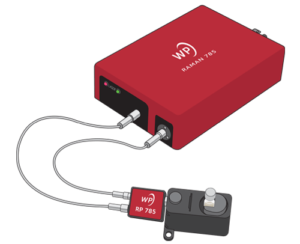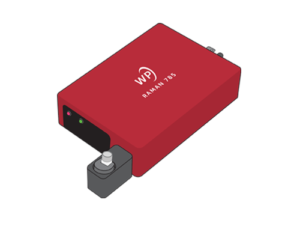Configuring the right Raman system for your application & needs
By: Cicely Rathmell, MSc
The choice between a flexible, probe-based Raman system and a fully integrated, compact one depends largely upon which optical coupling method is best for your application or sample. Sensitivity, size, and laser control may also be considered.
 FULLY MODULAR SYSTEM
FULLY MODULAR SYSTEM
A fully modular Raman system uses fibers to route excitation light between laser, probe, and spectrometer. This physically flexible interface is good for bringing Raman to the sample (clinical use, art analysis, in-situ process monitoring), or when the spectrometer can’t get too close to the sample (production line or extreme environments). It also offers maximum reconfigurability to mix and match components as desired, change sampling accessory, or to re-use existing equipment.

SEMI-INTEGRATED SYSTEM
A semi-integrated Raman system combines the spectrometer and laser into a single unit to reduce footprint and cost, while separate connectors for each allow a fiber-optic Raman probe or other sampling optics to be used. This configuration maximizes value without sacrificing flexibility, and yields signal comparable to a fully modular system. Power and controls for the laser are provided through the spectrometer, simplifying cabling and allowing remote/automated operation.
A fully integrated Raman system brings the laser, sampling optics, and spectrometer together into one unit, eliminating fibers which add coupling losses and can break. Communications and power supply are also consolidated into a single, compact footprint with direct laser power control through software or drivers. A fully integrated system delivers considerably higher signal thanks to the integrated optics, while a modular system offers more flexibility.



